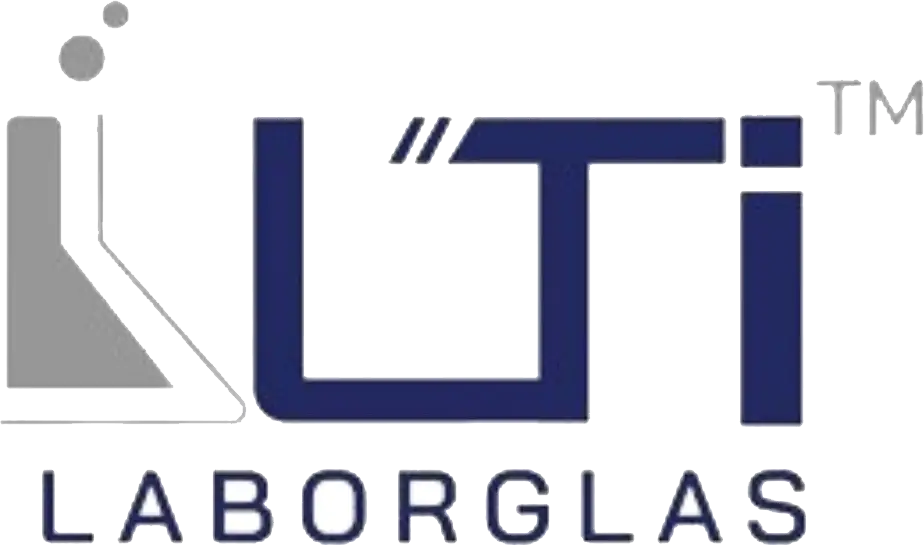Features:
- Newly designed for all application and process requiring excellent radial and perfect temperature uniformity
- Heavy gauge M.S exterior finished in epoxy powder coated shade regular model
- This ultra light weight laboratory tube furnace have exclusive ceramic fiber insulation
- Choice of controller solid state electronic temp. controller with digital indicator or microprocessor based PID temp. controller having digital indication for set and process temperature with printer output
- Housing made of heavy gauge S.S in matt finish in GMP Model
- The control system includes over temperature solid state safety fuse which cuts the power in case of temperature exceeds 1160 c
- Max temperature: 1200c
- Working temp: 1160c
- Operates on 230 volts
A Tube Furnace (High Temperature) is commonly used for:
- High-Temperature Processing: Performing heat treatment and processes at elevated temperatures.
- Chemical Vapor Deposition (CVD): Depositing thin films on substrates through chemical reactions.
- Catalyst Activation: Activating catalysts for chemical reactions at high temperatures.
- Material Synthesis: Creating new materials through controlled high-temperature reactions.
- Laboratory Experiments: Utilized in scientific research for controlled high-temperature studies.
- Quality Control: Ensuring consistent conditions for testing and analysis.
- Annealing: Controlling the cooling of materials after high-temperature treatment.
- Metallurgical Processes: Applied in metallurgy for various heat treatment applications.
- Industrial Manufacturing: Employed in industries for specific high-temperature processes.
- Research and Development: Used in R&D activities for material and process development.





